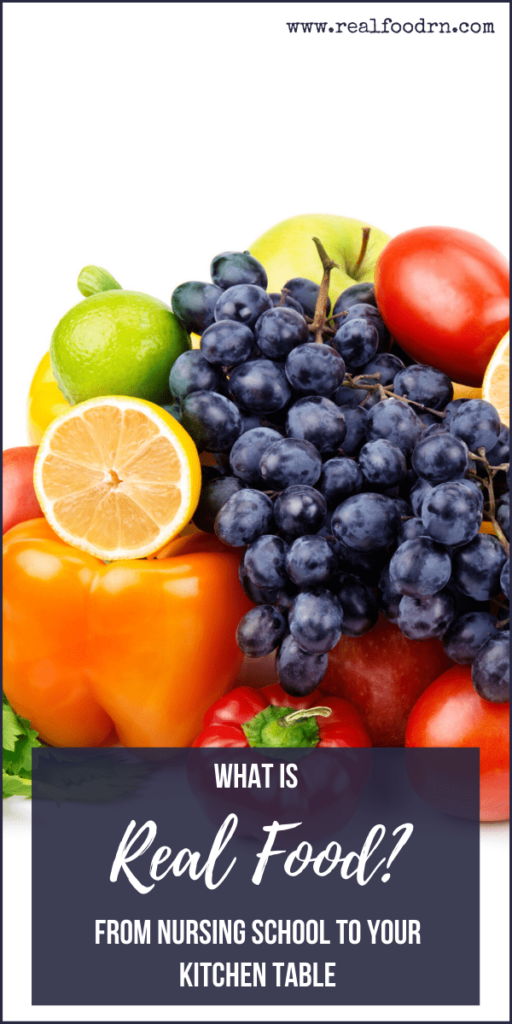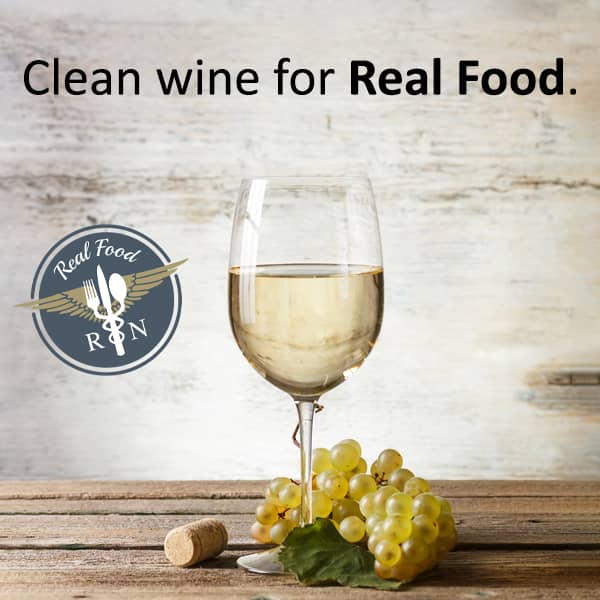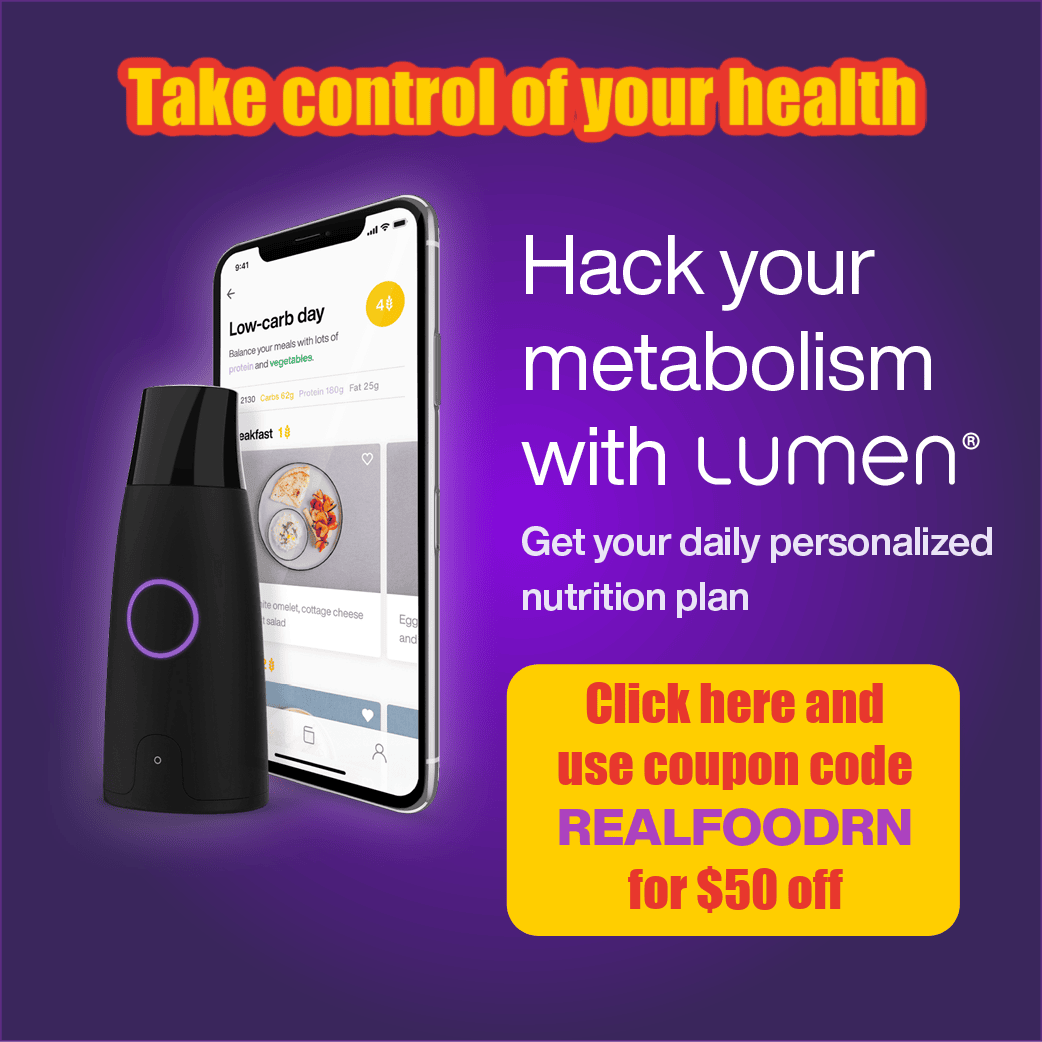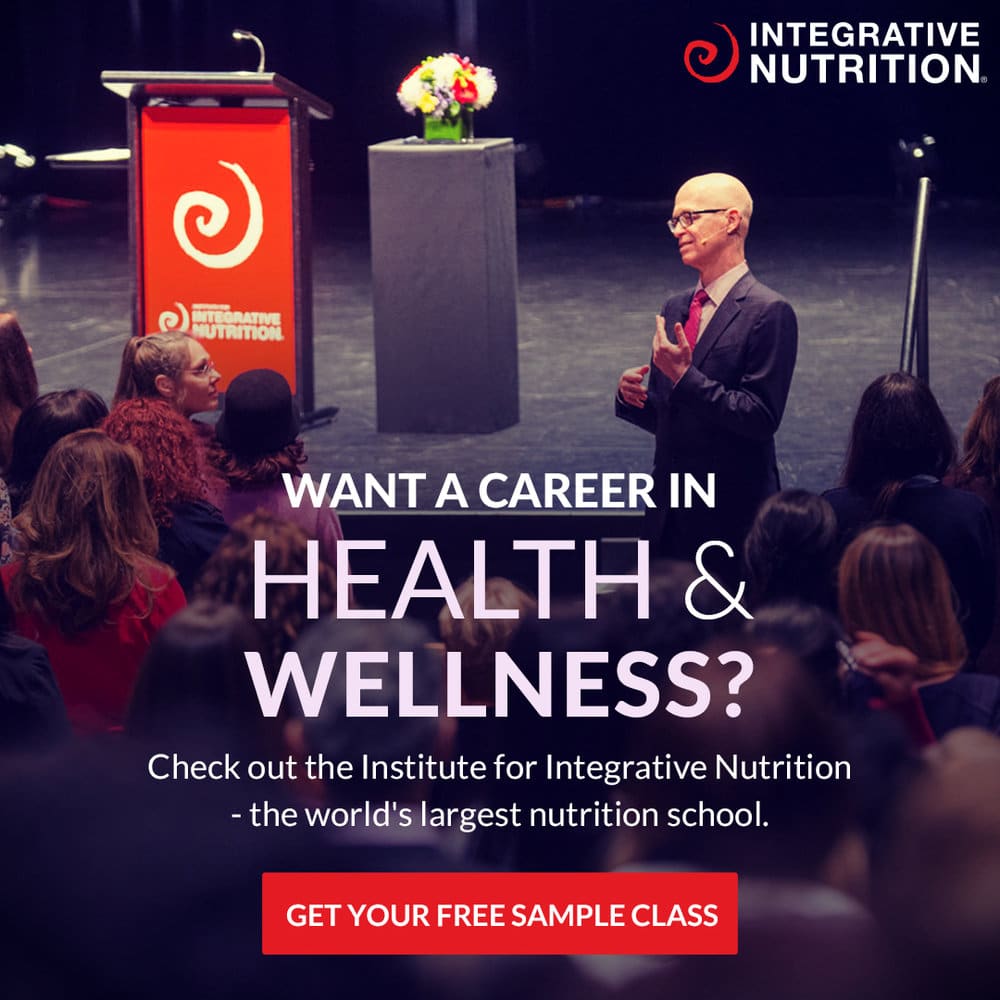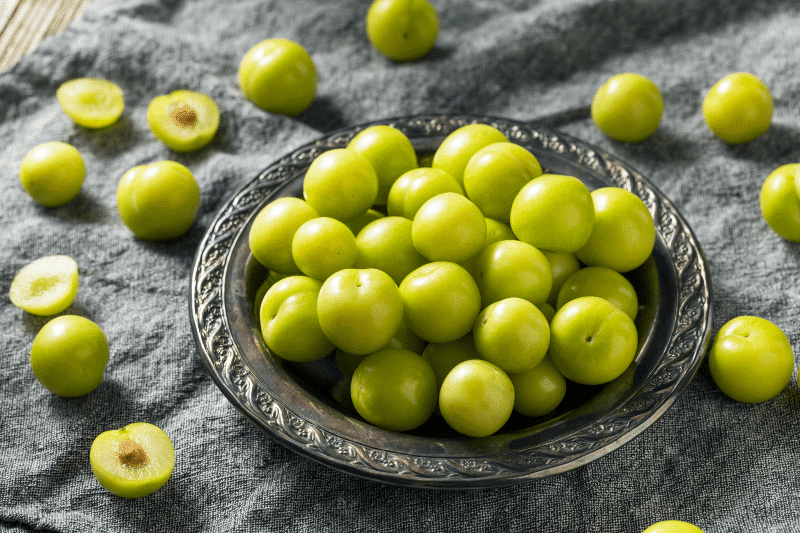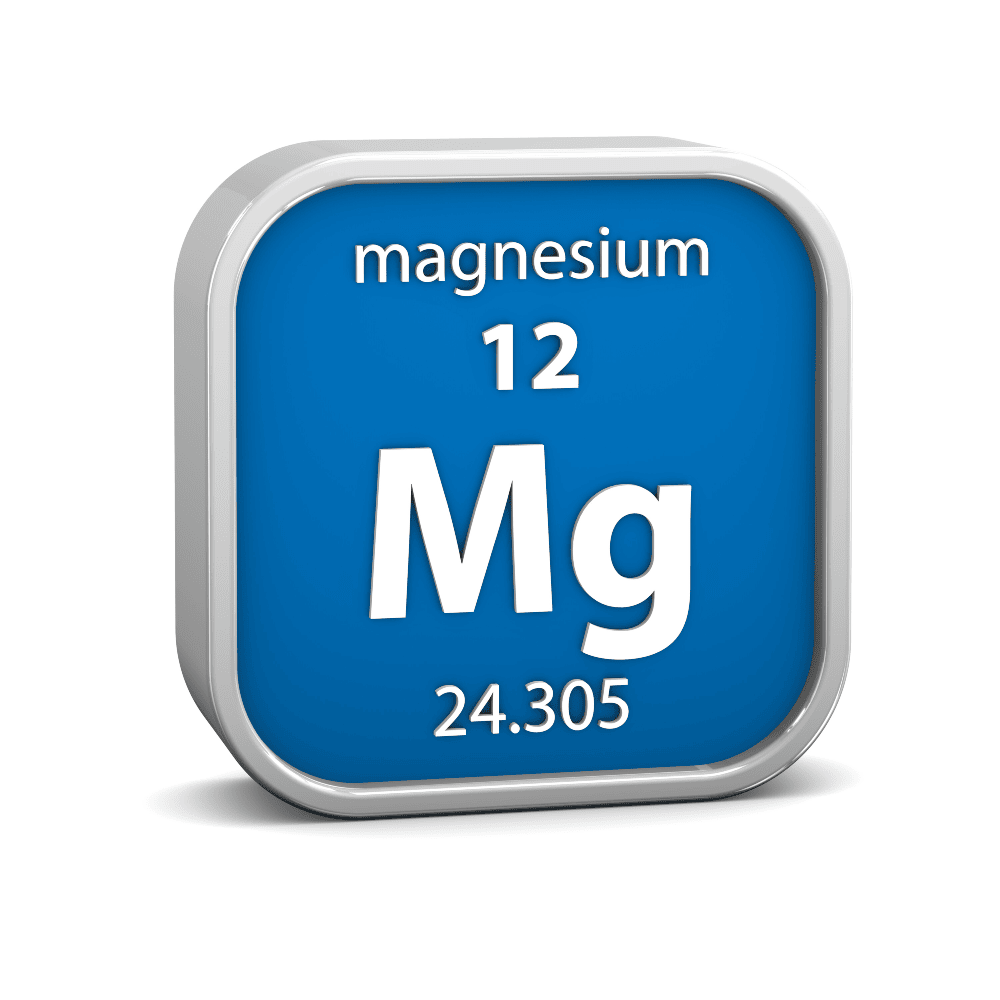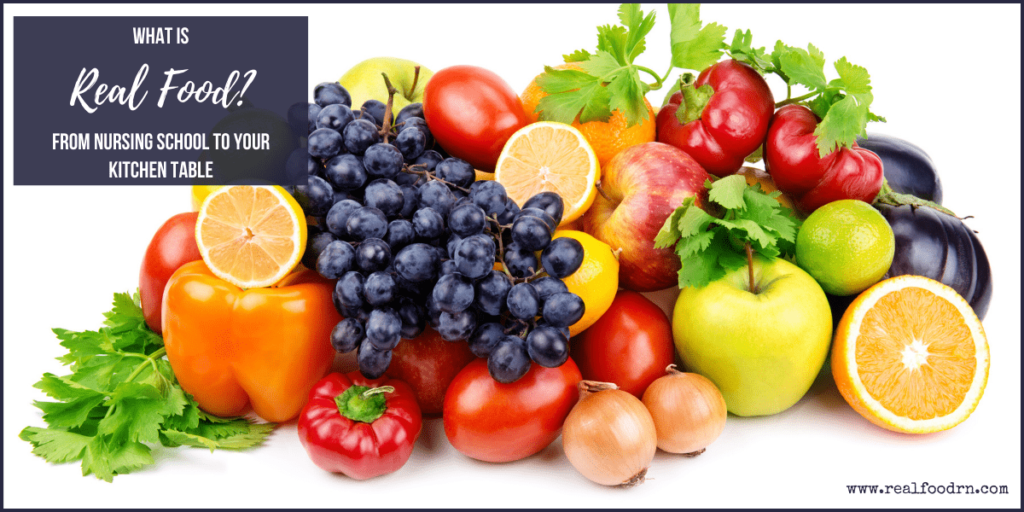
I’ve been passionate about the correlation between eating real food and our health since I was a nursing student. The medical model focuses on treating symptoms and healing through modern technologies and medication, but I have always known there’s more. Our bodies are designed to work their best in their natural habitat. That means what we eat, how we move, and how we take care of our mental health all factor into our overall health. When we choose the right foods, engage in meaningful exercise, and focus on self-care, we are doing our best to prevent or reduce the effects of illnesses or injuries.
Additionally, as a nurse who truly understands the benefits of whole, real foods and their ability to heal, I love giving food advice that can help you if you are facing a health issue. So, whether you’re living with a medical condition looking for help or simply want to start the new year off with a new diet for you and your family, I know food advice from a nurse makes a difference.
2020 has been hard on everyone. From the global pandemic to sweeping changes in how we balance work and family, there have been a lot of changes. 2021 is an opportunity for a new year and a new diet full of healthy, real foods.
What Are Real Foods Anyway?
Real food is a term used to describe whole foods that stand alone but can be combined to create a wide variety of meals. Real food is as close to its origin as possible. Think of a whole russet potato as real food vs processed freeze-dried potatoes packaged and marketed as instant mashed potatoes. Technically, both are potatoes, but one is a whole food with all of its naturally occurring benefits and the other is a modified, highly processed food-like product.
Real food has the nutrients, including vitamins, minerals, and naturally occurring fats we need for optimal health. The food in and of itself is healthy without anything being taken away or added to it.
Our ancestors lived on real foods. They relied on regional foods that were native and easily accessible where they lived. Generally speaking, their foods were locally sourced and contained no additives, preservatives, or pesticides. They were organic before being organic was trendy. It wasn’t until recent history that foods became highly processed and pumped full of nitrates, sugar (including artificial sugar), salt, refined grains, and unhealthy fat.
As the Standard American Diet (SAD) became more prolific, foods were processed, packaged, and marketed for their convenience. Believe it or not, they were also chemically engineered to make us crave them. People began buying foods because they were convenient rather than sticking to the time-honored recipes and ways of cooking that their mothers and grandmothers knew.
In a few short years, it became normal to buy more foods sold in cans, boxes, or packages than individually from the meat, vegetable, or dairy sections of the store. Long gone were the days of growing a garden or raising livestock. After all, commercials, brightly colored packaging, and catchy jingles easily influenced buying decisions and gave people a false sense of security about their choices.
Poor Food Choices Lead to Poor Health
We really are what we eat. Processed foods are full of salt, fat, and sugar, which do nothing for good health. Diets high in processed foods lead to a sharp increase in preventable health issues, including obesity, type 2 diabetes, cardiovascular disease, and cancer. It’s mind-boggling to think that so many diseases began rearing their heads simply because of the shift in how we eat.
The good news is real food never left the scene, it simply became overshadowed by the convenience and ease of grab-n-go foods. That’s why I love sharing how to eat right from a nurse’s perspective for your entire family. I know as a mom that I want to ensure I am modeling the best information I can about:
- What are real foods
- How to eat right
- How good real foods taste
- How fun preparing real food is
I’ve seen first-hand the turnaround patients have when they make their health a priority. Learning how to eat right and what foods to eat is life-changing and lifesaving.
You Can Easily Add More Real Food into Your Diet
Adding real, whole foods to your diet is easier than you think. Don’t get caught up thinking you’ve got to make sweeping changes in order to be successful. Slow, steady changes will make a big impact over time. You don’t have to purge your pantry of every box and can just yet. Start with small changes until they feel second nature and increase them over time. Get excited about the journey and learning new ways to prepare real food. There are a lot of reasons to get excited about eating real food. That’s because real food can:
- Cost less than processed foods
- Reduce the risks for many diseases
- Increase your daily intake of vitamins
- Reduce sugar cravings
- Help with weight management
Any one of these alone is worth making changes. Added together, there are undeniable benefits you can get excited about!
Here are some easy ways to add more real food to your diet right now:
Shop the Edges of the Store
Did you know the healthiest foods are found around the perimeter of the grocery store? The meat, dairy, bakery, and vegetable sections of the store offer the best variety of whole foods, and truth be told – you may not need to enter the inner isles of the grocery store, which saves time and money.
Eat a Rainbow of Color
Fresh fruits and vegetables offer a wide variety of vitamins and minerals. Shop for a rainbow of colorful fruits and veggies for your family. You can snack on them raw, toss them into smoothies, make amazing salads, or stir fry.
One Meal, One Item
You don’t have to change your entire menu to add more real food to your diet. Start with one meal and change one item. Add fresh fruit and ground flaxseed to oatmeal or smoothies for breakfast or replace canned vegetables with roasted veggies for dinner. Any small changes will make an immediate impact on your health.
Make It a Family Affair
If your kids are school-aged, help them understand the benefits of real foods by including them in meal planning and prepping. Educate your children about the nutritious benefits of specific foods and involve them in trying something new. When they know more about where their food comes from, the benefits real food provides their bodies, and get involved in preparing it, they become more invested in their own health.
Here are a few books to get them started young: Eating the Alphabet, The Best Homemade Kids Lunches, and 100 Days of Real Food
Make Your Own Baby Food
Offering healthy food to your baby is easy when you start them off with real food. Making your own baby food is an excellent way to ensure your children will enjoy a wide variety of foods as they grow. Making your own food gives you control over the ingredients and can help them learn to love healthy foods from the start.
Get Excited about Cooking
One of the best parts of eating real food is creating wholesome meals for your family. Like our mothers and grandmothers before us, cooking used to be a routine part of homemaking. The lure of convenience foods often meant less time in the kitchen but at the expense of our family’s health. Get excited about trying new recipes, like my Creamy Garlic Zucchini noodles or Cauliflower Mac and Cheese. These are surprisingly simple to make and will surely become family favorites.
As a nurse, I am passionate about real food because I’ve seen firsthand how good nutrition helps prevent illness and contributes to healing disease. As a mom, I want my children to know how to eat right and see the benefits for their health and energy, so they adopt healthy eating as a lifestyle. I want the same for you and your family. I want you to embrace the new year with a new diet full of real foods.
Do you love getting food advice from a nurse and want mom-approved tried-and-true tips for adding more real food to your family’s plate? Are you loving learning how to eat right? How about getting more easy, delicious real food recipes sent to your inbox? Click HERE immediately start receiving the best of the blog.
CLICK HERE to Pin this Post
